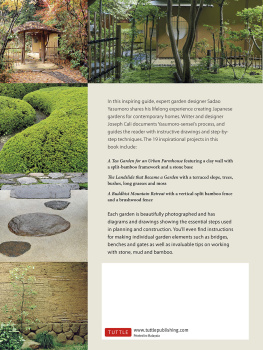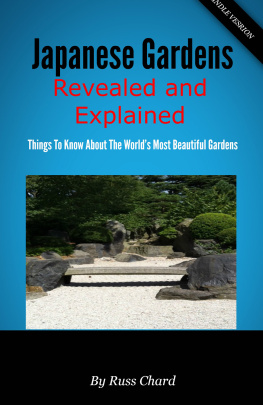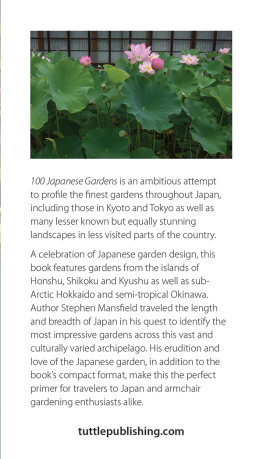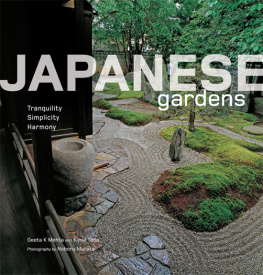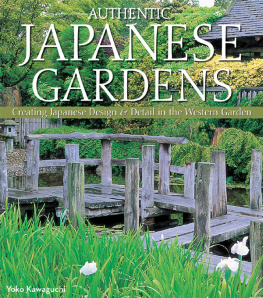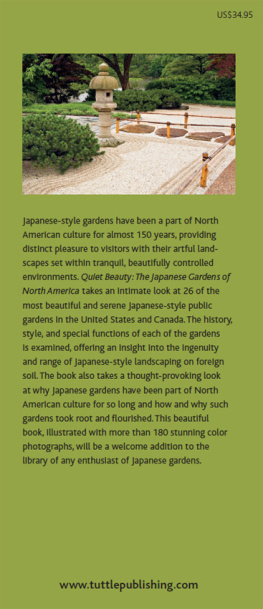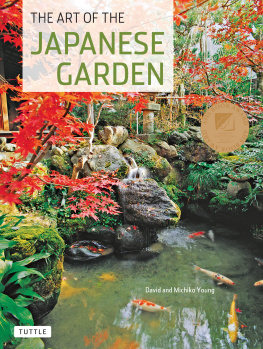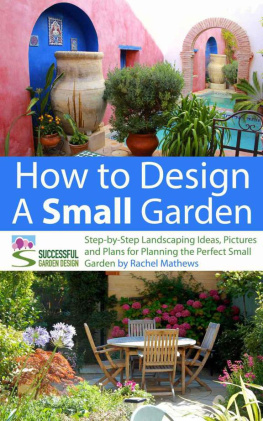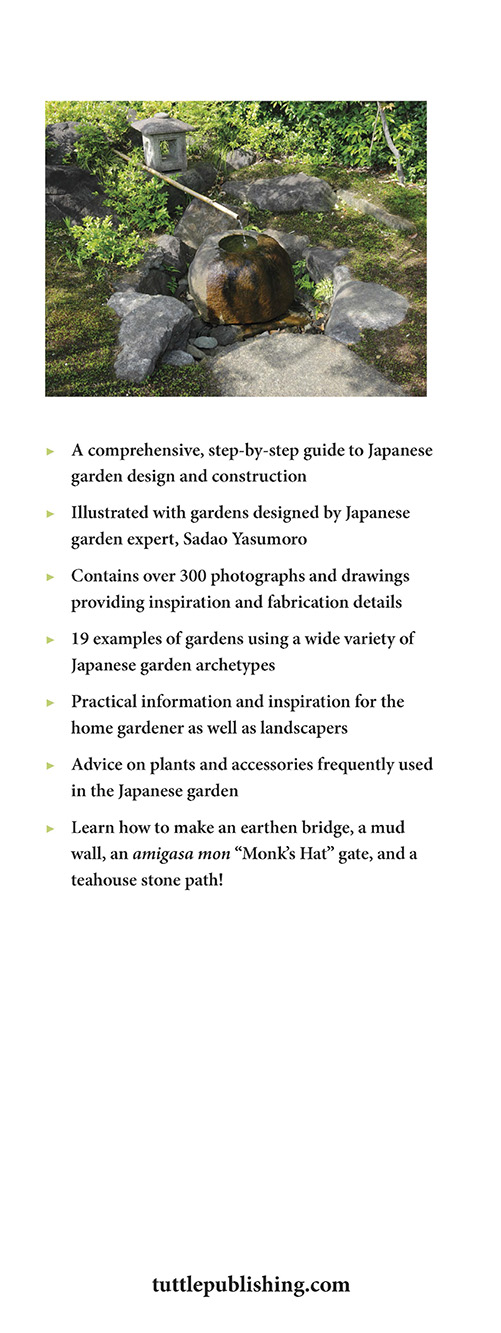Joseph Cali - Inside Your Japanese Garden: A Guide to Creating a Unique Japanese Garden for Your Home
Here you can read online Joseph Cali - Inside Your Japanese Garden: A Guide to Creating a Unique Japanese Garden for Your Home full text of the book (entire story) in english for free. Download pdf and epub, get meaning, cover and reviews about this ebook. year: 2022, publisher: Tuttle Publishing, genre: Children. Description of the work, (preface) as well as reviews are available. Best literature library LitArk.com created for fans of good reading and offers a wide selection of genres:
Romance novel
Science fiction
Adventure
Detective
Science
History
Home and family
Prose
Art
Politics
Computer
Non-fiction
Religion
Business
Children
Humor
Choose a favorite category and find really read worthwhile books. Enjoy immersion in the world of imagination, feel the emotions of the characters or learn something new for yourself, make an fascinating discovery.
- Book:Inside Your Japanese Garden: A Guide to Creating a Unique Japanese Garden for Your Home
- Author:
- Publisher:Tuttle Publishing
- Genre:
- Year:2022
- Rating:4 / 5
- Favourites:Add to favourites
- Your mark:
Inside Your Japanese Garden: A Guide to Creating a Unique Japanese Garden for Your Home: summary, description and annotation
We offer to read an annotation, description, summary or preface (depends on what the author of the book "Inside Your Japanese Garden: A Guide to Creating a Unique Japanese Garden for Your Home" wrote himself). If you haven't found the necessary information about the book — write in the comments, we will try to find it.
With instructive drawings and step-by-step techniques, Inside Your Japanese Garden walks you through designing and creating your very own Japanese garden. From small projects like benches and gates, to larger undertakings like bridges and mud walls, this book provides a wide variety of ways to enhance the space around your home, no matter the size. Instructions on how to work with stone, mud and bamboo--as well as a catalogue of the 94 plant varieties used in the gardens shown in the book--round out this complete guide.
This book features 20 gardens that author Sadao Yasumoro has designed and built in Japan, and some--like those at Visvim shop in Tokyo and at Yushima Tenjin in Tokyo--are open to the public. From small tsuboniwa courtyard gardens to a large backyard stroll garden with water features, stairs and walls, these real-life inspirations will help spark your own garden plan.
These inspirational garden projects include:
- Tea Garden for an Urban Farmhouse featuring a clay wall with a split-bamboo frame and a stone base
- The Landslide That Became a Garden with a terraced slope, trees, bushes, long grasses and moss
- A Buddhas Mountain Retreat of Moss and Stone with vertical-split bamboo and brushwood fencing
- Paradise in an Urban Jungle with a pond, Japanese-style bridge, and stone lanterns
Each garden is beautifully photographed by Hironori Tomino and many have diagrams and drawings to show the essential elements used in the planning and construction.
Joseph Cali: author's other books
Who wrote Inside Your Japanese Garden: A Guide to Creating a Unique Japanese Garden for Your Home? Find out the surname, the name of the author of the book and a list of all author's works by series.

